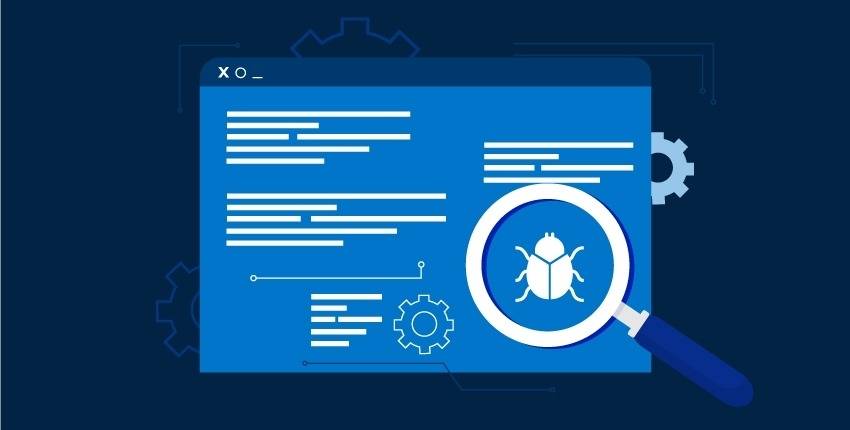- Come up with the effects that hunted bugs or defects can make instead of digging out the reasons behind their occurrence.
- Have effective communication with developers for categorizing the software defects
- In case of website errors, consider the feedback coming from end-users.
Insights about Maximum Software Defect Detection

- Posted By: Rubab Kazmi
- Posted On: December 21, 2020
























